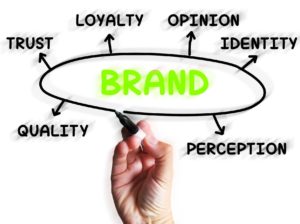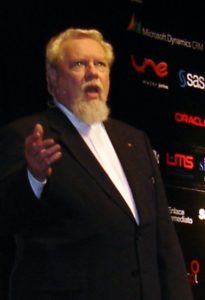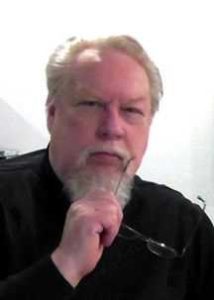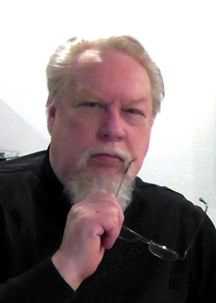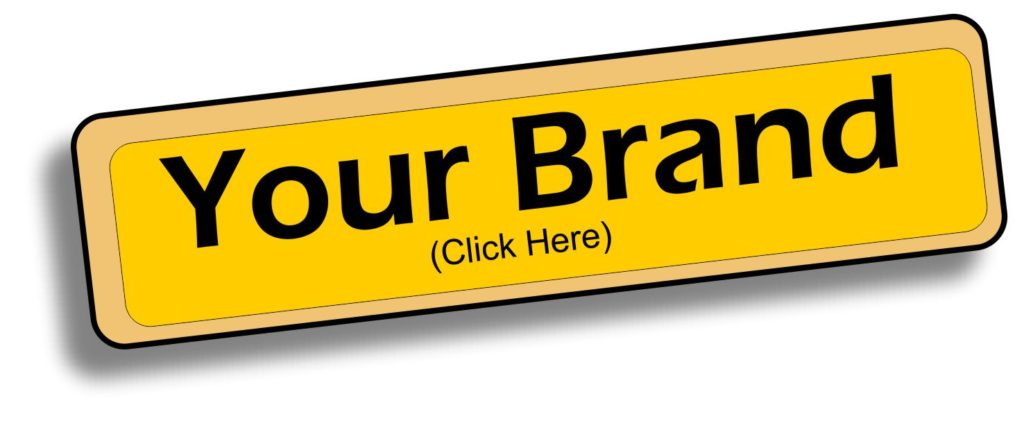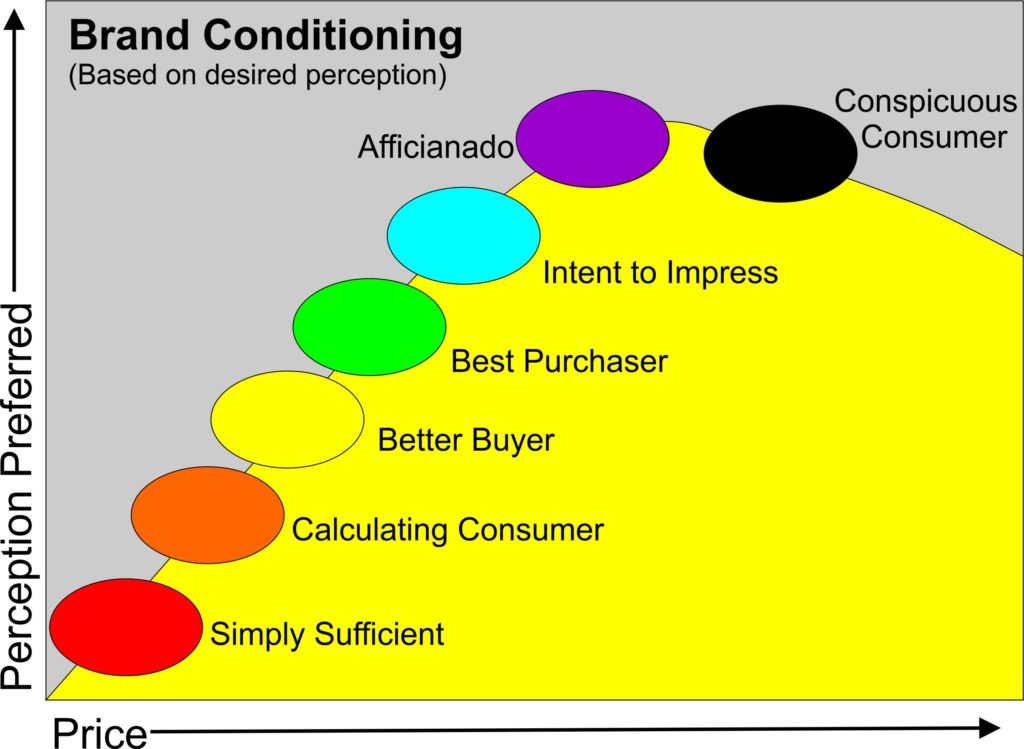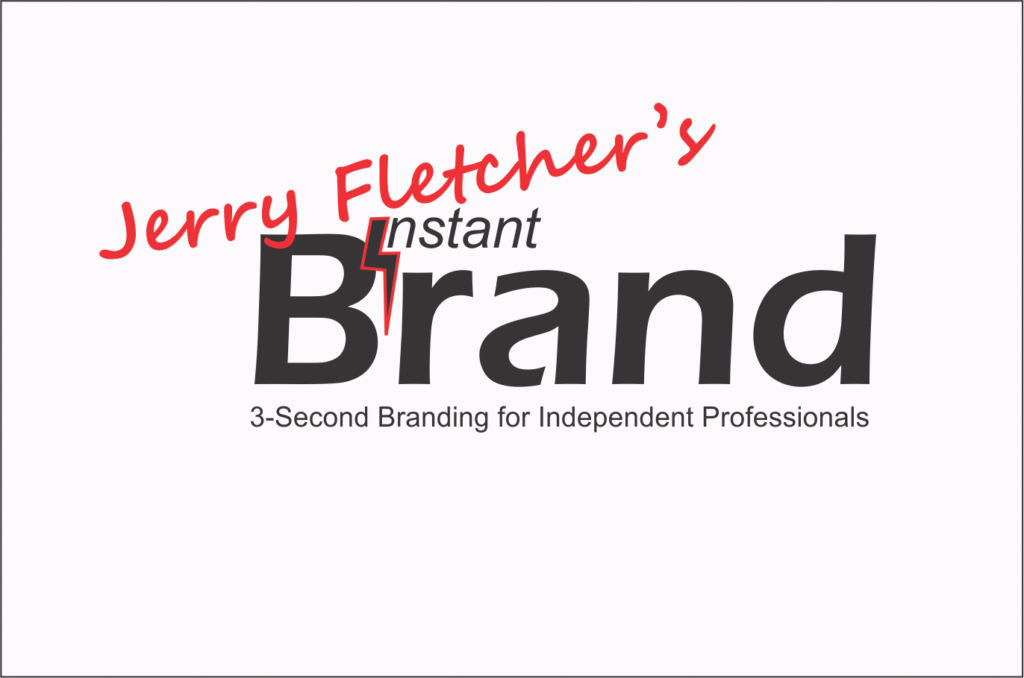 You can’t control brand but you can influence it.
You can’t control brand but you can influence it.
Brand has been part of the expertise I’ve offered for going on fifty years.
I stumbled into this: the only time you have really powerful influence on brand is when the slate is clean.
If you’re an independent professional—a consultant, coach, financial planner, accountant, insurance agent, realtor, IT specialist (to name a few) this little tidbit is for you.
You’ve got 3 seconds.
How you identify yourself in that first few seconds will determine whether or not you will be remembered. What you say is the “hook.” Prospects will hang all their knowledge of you going forward on your initial utterance. Memorable words will get you a place in their mind and possibly their heart.
The “hook” has been an integral part of 30-Second Marketing since I came up with it to replace that tired old “elevator speech”
The hook, by itself, can establish a Brand. Whichever kind of hook you select, it can do that job.
What are your choices?
There are three that I know work. Each answers the question, “What do you do?” if you work in North America. They work but are less comfortable in other parts of the world.
- The Unforgettable Title
This is a simple way to identify your expertise. Some examples:
- Captain Crunch (A Certified Public Accountant)
- Business Defogger (A top-notch Management Consultant)
- Brand Poobah (A Professional Speaker –moi)
- The Beloved Benefit
This one comes from knowing and understanding the desires of your target audience. It is specific about what you deliver for them in memorable language that comes from their vernacular. Examples:
- “We remove the paperwork from clean water.” (A client company that is bringing digital approaches to water testing record keeping)
- “We reboot employee mindsets to unleash their potential.” ( A client partnership that has developed, tested and guarantees their ability to help individuals find balance, eliminate stress and overcome addictions)
- “We build websites that make rain.” (I used this one in the years that websites were key to new consulting engagements for me.)
- The Shock Style Connector
Sometimes to stand out from the crowd you have to be a little shocking. This approach moves from shock to service and gains credibility along the way.
- “I’m a Marketing Whore” (A possibility offered in a workshop by a woman who explained that she was looking for a job, had many years experience in multiple companies and had many “satisfied customers” along the way. She got a round of applause for her effort plus two job offers)
- “I traffic in human flesh.” (An adoption attorney during a 30 Second Marketing workshop. She said it was the intro she used at cocktail parties to “break the ice.” It worked. Two workshop attendees asked for her help.)
- “I’m a pick-pocket.” (A professional fund raiser who goes on to explain how he identifies donors and how to make them make charitable contributions. The non-profits that hire him never forget him and keep asking for his help)
Think about it.
None of those hooks take more than 3 seconds to set. None of them are easily released. None of them are easily associated with someone else once used.
Most importantly, when you are just wading in they give you memorability that might not come your way for years in any other way.
What is your Instant Brand?
 Jerry Fletcher, Networking Ninja, is a sought after International Speaker, beBee ambassador, founder and Grand Poobah of www.BrandBrainTrust.com
Jerry Fletcher, Networking Ninja, is a sought after International Speaker, beBee ambassador, founder and Grand Poobah of www.BrandBrainTrust.com
His consulting practice, founded in 1990, is known for Trust-based Brand development, Positioning and Business Development on and off-line.
Consulting: www.JerryFletcher.com
Speaking: www.NetworkingNinja.com








